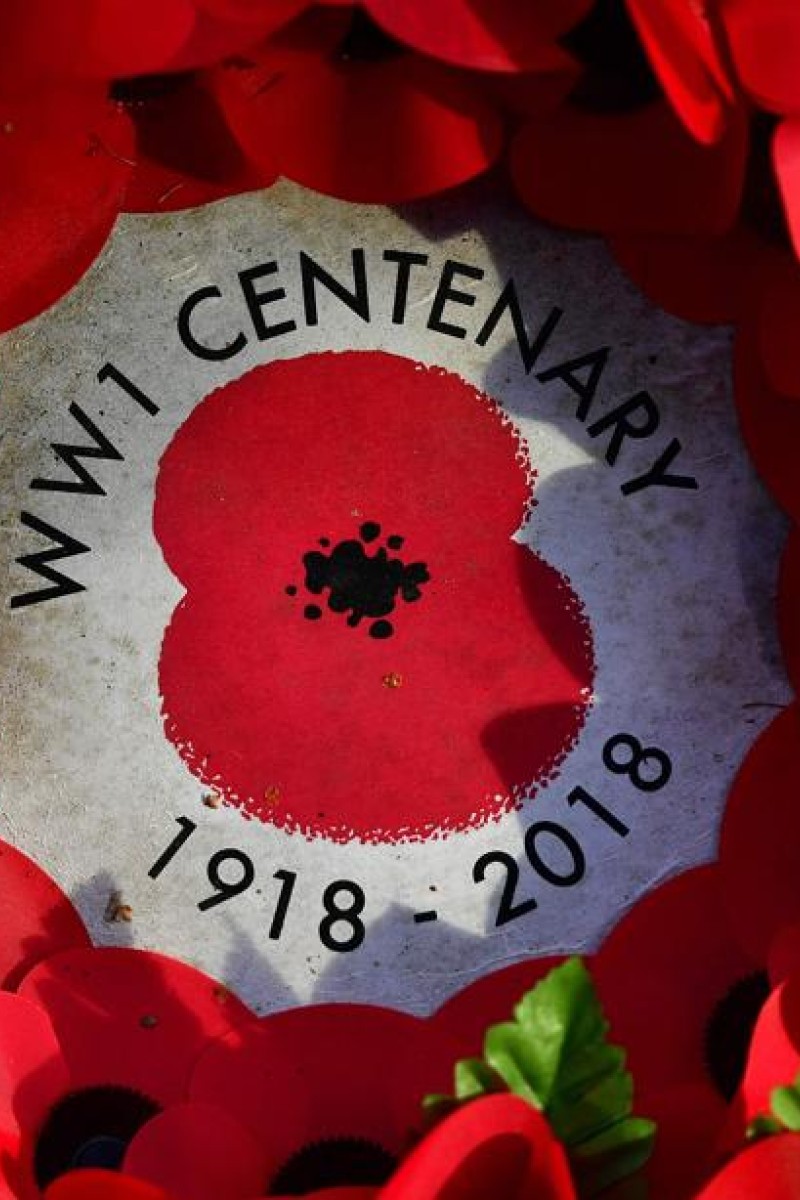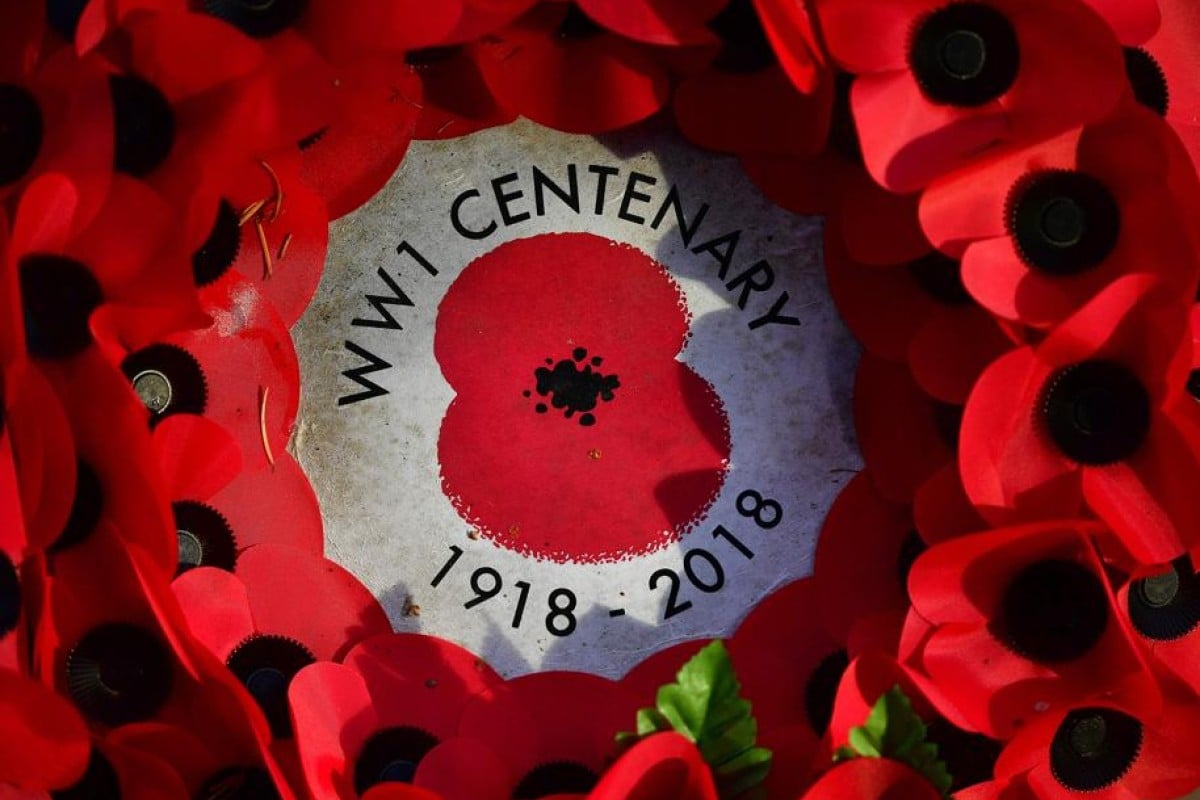
WWI Centenary: Commemorative poppies still have an impact in Britain a century on from the first world war
The paper flowers are sold every year in Britain, and around the world, to raise money for veterans and their families
 Poppies are a symbol of remembrance, especially this year for the WWI centenary.
Poppies are a symbol of remembrance, especially this year for the WWI centenary.If you’ve watched BBC news recently, or followed Prince Harry and the Duchess of Sussex’ tour of Australia and New Zealand, you will have many people with a paper flower pinned to their top. Even in Hong Kong, you will see people sporting this pretty flower in early November.
But these not fashion accessories. They are worn in memory of the thousands of people who died in the first world war, an event that ended 100 years ago.
In a London factory, military veterans have spent all year making the artificial flowers that people will wear, or that will form wreaths.
The Poppy Factory by the River Thames was founded in 1922 to provide work for sick, injured or disabled veterans.
“I feel like I’m doing something to be proud of. It’s important giving something back, because of all the mates I’ve lost over the years,” said 59-year-old Alex Conway.
In an adjoining room, a machine cuts hundreds of petals from a red sheet of paper. The poppies are assembled on a wooden block designed to be used one-handed by amputees.
The factory handmade 140,000 wreaths last year and disabled veterans and homeworkers made 7.6 million poppies.
They are part of the 40 million poppies sold by the Royal British Legion charity during its annual November campaign, raising around £50 million (HK$513 million) to help support veterans and their families.
For at least a fortnight ahead of November 11, poppies are seen on television, coat lapels, car bumpers, newspaper mastheads, lamp posts and football team jerseys.
The poppy’s origins as a remembrance symbol lie in Canadian soldier John McCrae’s 1915 poem In Flanders Fields.
It cites the poppies growing on the graves of fallen first world war comrades in Belgium and northeastern France.
Given the scale of the casualties, people “felt an overwhelming desire to remember and to grieve in a way that had never happened before”, said Imperial War Museum curator Richard Hughes.
“They needed symbols to associate with.”
The red poppy is not ubiquitous. A rising number opt for a pacifist white poppy, of which around 100,000 are now sold, while others wear a purple poppy in tribute to animals lost in service.
Not only do the funds raised help veterans, the Poppy Factory itself benefits them. Since 2010, it has helped 1,000 military veterans, many of whom suffer from post-traumatic stress disorder, into civilian employment.
The paper poppy may be nearly a century old, but it’s unlikely to disappear. Hughes said: “It’s such a part of the fabric of this country and its history that I don’t think it will ever go away.”
